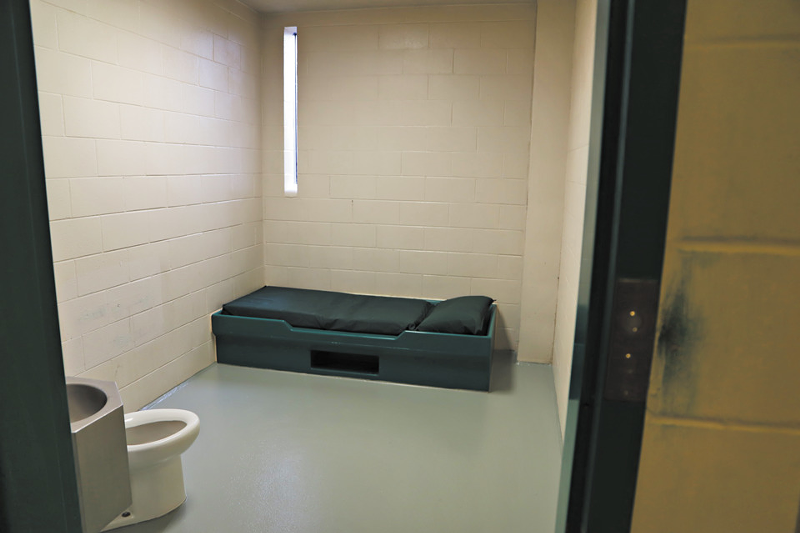The COVID-19 pandemic could mark a turning point for juvenile justice reform.
A new survey of juvenile justice agencies in 30 states, including Ohio, reveals a 24 percent drop in the number of young people held in local detention centers in March.
The Annie E. Casey Foundation funded the survey, and Nate Balis with its Juvenile Justice Strategy Group said the decline was as large as the national decrease between 2010 and 2017.
"Maybe we are finally really 'right-sizing' juvenile detention in this country," Balis said. "We could emerge from the pandemic with a detention population that truly is young people who pose an immediate community safety risk, rather than all kinds of young people who are not a risk to public safety."
According to the Casey Foundation's Juvenile Justice Alternatives Initiative, more than 200,000 young people a year are admitted to detention facilities. The survey found the recent decrease was driven mostly by a drop in admissions, from 171 per day in January to about 122 per day in March.
Tammy Fornier-Alsaada, lead organizer with the Juvenile Justice Coalition in Ohio, contended far too many young people are being held for low-level, nonviolent offenses.
"It's surprising how quickly we're able during this virus to reduce these numbers," Fornier-Alsada said. "It just helps us to know that we don't have to have so many people locked away, and that people are better served in their communities — especially our young people."
Research shows that even a short stay in detention can lead to poor outcomes for youth, including a deeper involvement in the criminal justice system, as well as negative impacts on health and educational success.






